The vibrant world of biological dyes paints a picture of immense potential, yet beneath the surface lies a complex landscape of challenges that continue to hamper their widespread adoption. While the allure of sustainable, non-toxic colorants derived from nature is powerful, the journey from laboratory curiosity to industrial staple is fraught with obstacles that are both scientific and economic in nature.
One of the most significant hurdles is the inherent inconsistency of biological sources. Unlike their synthetic counterparts, which are engineered for uniformity in controlled chemical environments, bio-dyes are at the mercy of biological variability. The color intensity, hue, and chemical composition of a dye extracted from, say, madder root or indigo plants, can fluctuate dramatically based on the soil quality, climate conditions, season of harvest, and even the specific part of the plant used. This lack of batch-to-batch reproducibility is a nightmare for large-scale manufacturers in the textile or food industries, where consumers and regulators demand precise, unwavering color matching. A clothing brand cannot have this season's "scarlet" t-shirt be a noticeably different shade from last season's due to a rainy growing season for the cochineal insects. This variability introduces a level of uncertainty that supply chains built on predictability simply cannot tolerate.
Compounding the issue of inconsistency is the formidable challenge of scalability and yield. Cultivating enough raw biological material to supply a global industry is a Herculean task. Vast tracts of arable land would need to be dedicated not to food production, but to growing dye crops. This immediately raises concerns about land use, resource allocation, and potential competition with food supplies. Furthermore, the extraction processes for many bio-dyes are notoriously inefficient. They often require large volumes of plant or animal matter to produce a relatively small amount of usable dye pigment. The process can be water-intensive and may involve multiple steps of crushing, soaking, and fermenting, all of which add to the energy footprint and final cost. Scaling these low-yield, resource-heavy processes to meet the colossal demands of modern production is, for many dyes, an economically unviable proposition.
The performance and stability of biological dyes on the shelf and in the final product present another major frontier of difficulty. Synthetic dyes are celebrated for their robustness; they resist fading from sunlight (lightfastness) and maintain their color through repeated washing (washfastness). Many bio-dyes, in their natural state, are notoriously fugitive. They fade quickly when exposed to UV light, and their bonding with fabrics like cotton is often weak without the use of heavy metal mordants—which ironically reintroduces the toxicity issues that bio-dyes seek to avoid. Developing natural, effective mordants or modifying the dye molecules themselves to enhance their stability is an area of intense research, but it adds another layer of complexity and cost to their production. For a product meant to last, the inability of the color to endure is a critical failure.
Perhaps the most pragmatic barrier is the stark reality of cost and infrastructure. The global chemical industry is a behemoth built over a century around synthetic dye production. The infrastructure, from petrochemical feedstocks to massive synthesis reactors, is already in place and highly optimized. This allows synthetic dyes to be produced incredibly cheaply and in mind-boggling volumes. Bio-dyes, emerging from a nascent industry, cannot yet compete on price. They are, almost without exception, significantly more expensive. Convincing cost-conscious manufacturers to switch to a more expensive, less reliable, and less performant alternative is a tough sell, regardless of its environmental credentials. The entire supply chain for bio-dyes—from sustainable farming and harvesting to specialized extraction facilities—needs to be built from the ground up, requiring massive capital investment that is slow to materialize.
Finally, navigating the regulatory maze and meeting consumer safety standards is a slow and expensive process. While natural is often equated with safe, this is not always true. Some biological dyes can cause allergic reactions in sensitive individuals, and others must be rigorously tested for contaminants like pesticides or heavy metals absorbed from the soil. Gaining approval from bodies like the FDA (for food and cosmetics) or proving compliance with REACH regulations in Europe for textiles requires extensive and costly toxicological studies. For smaller companies pioneering new bio-dyes, this regulatory burden can be prohibitive, further slowing down market entry and adoption.
In conclusion, the path to mainstream adoption of biological dyes is not a simple one. It is paved with the challenges of natural inconsistency, daunting scalability issues, performance deficiencies, prohibitive costs, and stringent regulatory hurdles. Overcoming these limitations will not be achieved by a single breakthrough but through a concerted, multidisciplinary effort involving geneticists, chemists, engineers, farmers, and economists. The dream of a vibrant, sustainable color palette derived from nature remains alive, but realizing it on a global scale demands solutions that are as complex and interconnected as the biological systems from which these dyes originate.
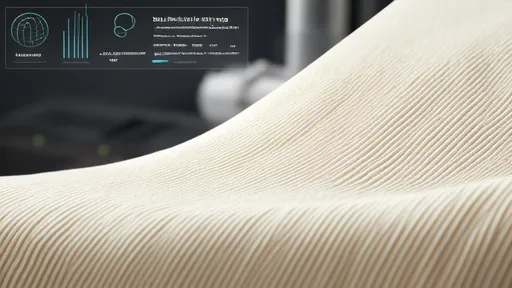
By /Aug 21, 2025

By /Aug 21, 2025
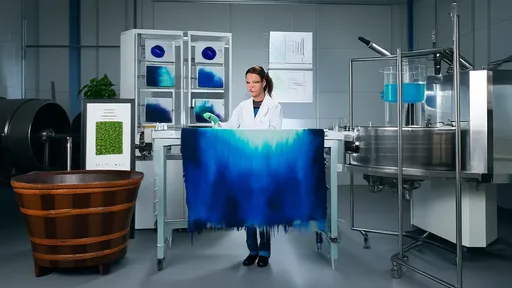
By /Aug 21, 2025
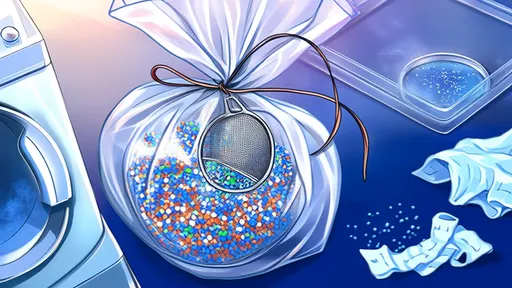
By /Aug 21, 2025

By /Aug 21, 2025

By /Aug 21, 2025

By /Aug 21, 2025

By /Aug 21, 2025

By /Aug 21, 2025

By /Aug 21, 2025

By /Aug 21, 2025
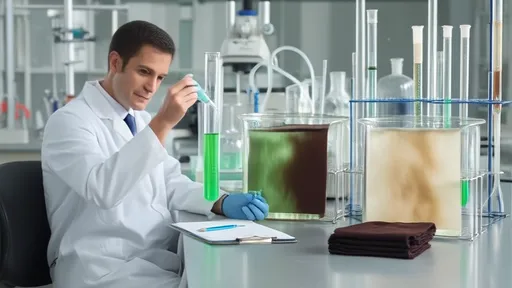
By /Aug 21, 2025
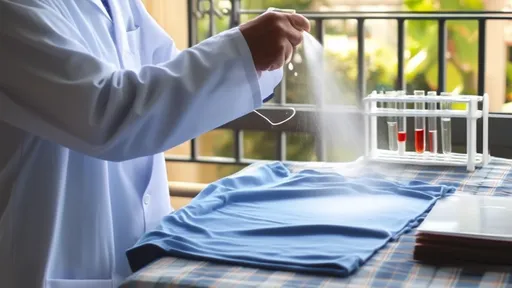
By /Aug 21, 2025
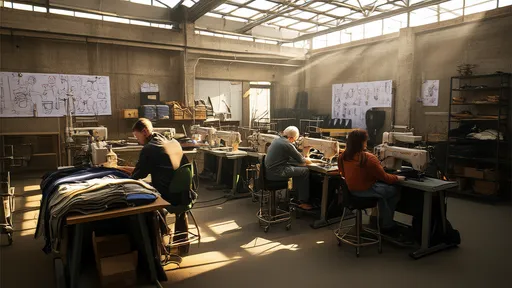
By /Aug 21, 2025

By /Aug 21, 2025

By /Aug 21, 2025

By /Aug 21, 2025

By /Aug 21, 2025

By /Aug 21, 2025
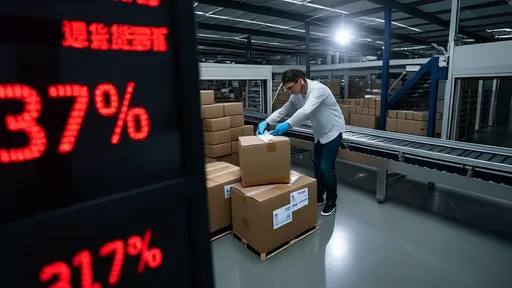
By /Aug 21, 2025